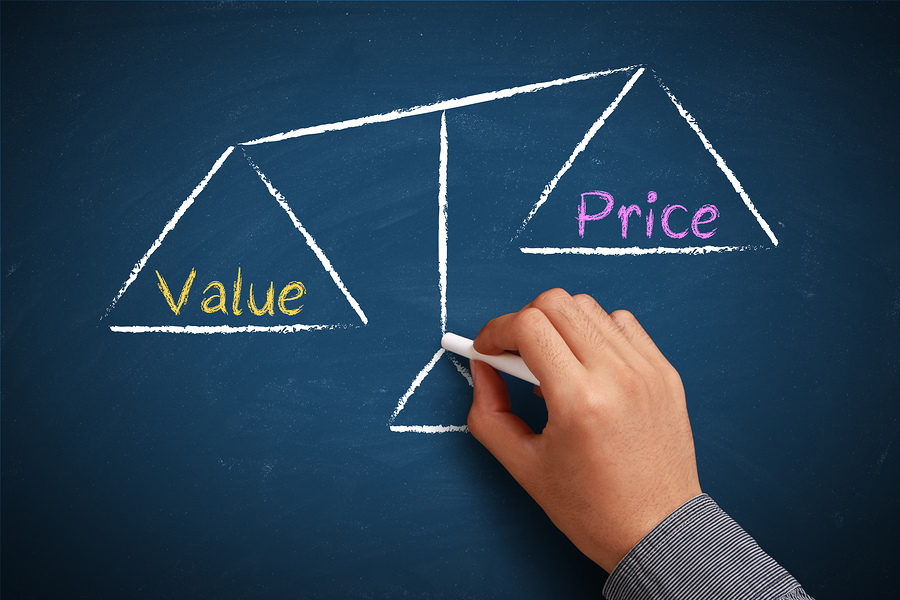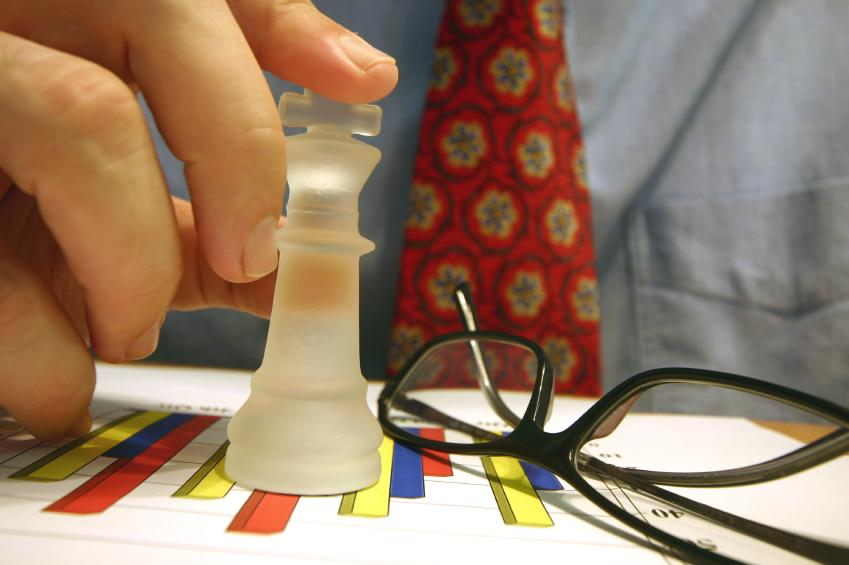Robert T. Yokl, President/CEO, SVAH Solutions
Price can be measured quickly, but value measurements take some time. Yet, that’s what value analysis is all about: Measuring the value of the products, services, and technologies you are buying compared to the marketplace. If done correctly, this is where you can save a ton of money.
If You Don’t Have Another Measurement, You Default to Price
Hundreds of values analysis practitioners’ decisions are made daily based on just one factor – price. This is because value analysis practitioners don’t believe they can easily measure the value of their products, services, and technologies they are buying by any other measurement. However, this is a myth that needs to be put to rest so value analysis practitioners can benefit from the true value of value analysis. By doing so, value analysis practitioners will open up a whole new world of savings for their healthcare organization. Remember, price is the lowest cost element in the value analysis equation.
In Its Simplest Terms Value Analysis is the Study of Function and the Search for Lower Cost Alternatives
A value analysis study of a new or currently employed product, service, or technology starts with these six key questions:
- What is the primary function of the product, service, or technology? A primary function is what a product, service, or technology does, without which the product, service, or technology would be useless. For instance, a vacuum cleaner cleans surfaces and a syringe injects fluids. If these products didn’t meet this basic criterion they would be considered useless.
- What are the secondary functions of the product, service, or technology? In addition to its primary function, a product, service, or technology could have secondary functions, such as, a vacuum cleaner could clean drapes and a syringe could prevent sticks. These functions may or may not be desirable. This is one of the decisions that your VA team along with their customers should make in their evaluation of these products.
- What are the aesthetic functions or features of the product, service, or technology? All products, services, and technologies have aesthetic functions or features (i.e., nice to have, but not necessary to perform our primary or secondary functions). The only question a value analysis practitioner should be asking is, do we absolutely, positively need them?
- What is the lifecycle cost (not price) of the product, service, or technology? We all know the price of a proposed or current product, service, or technology, but do we know its lifecycle cost? This is the cost you need to know to make an informed buying decision. A commodity could differ in its lifecycle cost by as much as 15%, 25%, or even 35%.
- What else would perform the job equally or better at a lower cost? Now that you have decided on the functions and features of the product, service, or technology being studied, what else would do the job equally or better at a lower cost? This is where your comparison shopping comes in. You match your ideal functions and features compared to the lifecycle cost being offered by other vendors’ products. This isn’t bidding, but evaluation!
These five questions form the nucleus of any value analysis study. If you can honestly have answered these questions then you have successfully performed a value analysis study. Just as important, you have measured the value of what you are doing now compared to the marketplace and probably found a lower cost alternative. That should be our goal – to search for the best value products, services, and technologies.
Measuring Value in Value Analysis Can be Simpler Than You Think
There you have it! We have just outlined a system to measure the value, beyond price, of any product, service, or technology you would consider buying. It starts with knowing what your customers want (e.g., functions and features), as opposed to evaluating products, services, and technologies by their descriptions and manufacturers’ numbers that have been provided to you by their requesters.
Once we can isolate your requesters’ ideal functions and features through the value analysis technique, you can then unemotionally measure the value of the offering against the marketplace and not be swayed by vendors’ claims, pending discounts, or future rebates. In the final analysis, if VA is performed scientifically, it reduces your decision down to the bare facts. Isn’t that what you are looking for?





